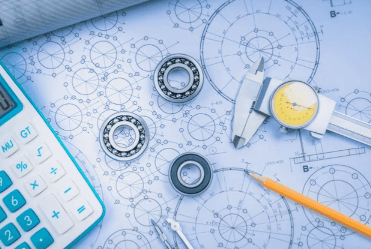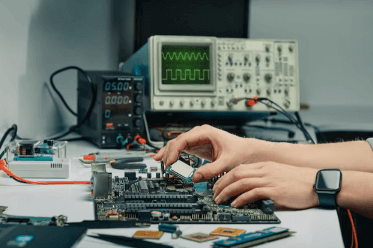Question
a.
concentration
b.
viscosity
c.
super-saturation
d.
density
Posted under Heat Transfer Basics Basic Chemical Engineering
Interact with the Community - Share Your Thoughts
Uncertain About the Answer? Seek Clarification Here.
Understand the Explanation? Include it Here.
Q. The driving potential for the crystal growth during crystallisation is the __________ of the solution.
Similar Questions
Explore Relevant Multiple Choice Questions (MCQs)
Q. jH factor for heat transfer depends upon the __________ number.
View solution
Q. Critical value of the __________ number governs the transition from laminar to turbulent flow in free convection heat transfer.
View solution
Q. The thermal boundary layer at NPr > 1
View solution
Q. In the free convection regime of pool boiling, the heat flux is proportional to
View solution
Q. With increase in temperature, the thermal conductivity of fresh lubricating oil
View solution
Q. Fresh orange juice contains 12% (by weight) solids and the rest water 90% of the fresh juice is sent to an evaporator to remove water and subsequently mixed with the remaining 10% of fresh juice. The resultant product contains 40% solids. The kg of water removed from 1 kg fresh juice is
View solution
Q. Kg of liquid evaporated per hour in an evaporator is defined as its
View solution
Q. Pick out the correct statement.
View solution
Q. Open pan evaporators are preferred to be used, when the solution to be concentrated is
View solution
Q. The maximum heat transfer co-efficient from steam heating will be attained when the steam is
View solution
Q. Mode of heat transfer involved in the cooling of air cooled internal combustion engine is
View solution
Q. Steady state one dimensional heat flow by conduction as given by Fourier's low does not assume that
View solution
Q. The left face of a one dimensional slab of thickness 0.2 m is maintained at 80°C and the right face is exposed to air at 30°C. The thermal conductivity of the slab is 1.2 W/m.K and the heat transfer co-efficient from the right face is 10 W/m².K. At steady state, the temperature of the right face in °C is
View solution
Q. In a shell and tube heat exchanger, the shell side fluid velocity can not be changed by changing the
View solution
Q. To reduce the tube side pressure drop for the same flow rate, the heat exchanger recomended is
View solution
Q. In a gas-liquid shell and tube heat exchanger, the
View solution
Q. Which is the most suitable for the concentration of foamy & frothy liquors ?
View solution
Q. Boiling point elevation of an ideal solution
View solution
Q. The rate of heat transfer is a product of overall heat transfer co-efficient, the difference in temperature and the
View solution
Q. Which of the following has the lowest overall heat transfer co-efficient ?
View solution
Recommended Subjects
Are you eager to expand your knowledge beyond Basic Chemical Engineering? We've handpicked a range of related categories that you might find intriguing.
Click on the categories below to discover a wealth of MCQs and enrich your understanding of various subjects. Happy exploring!








